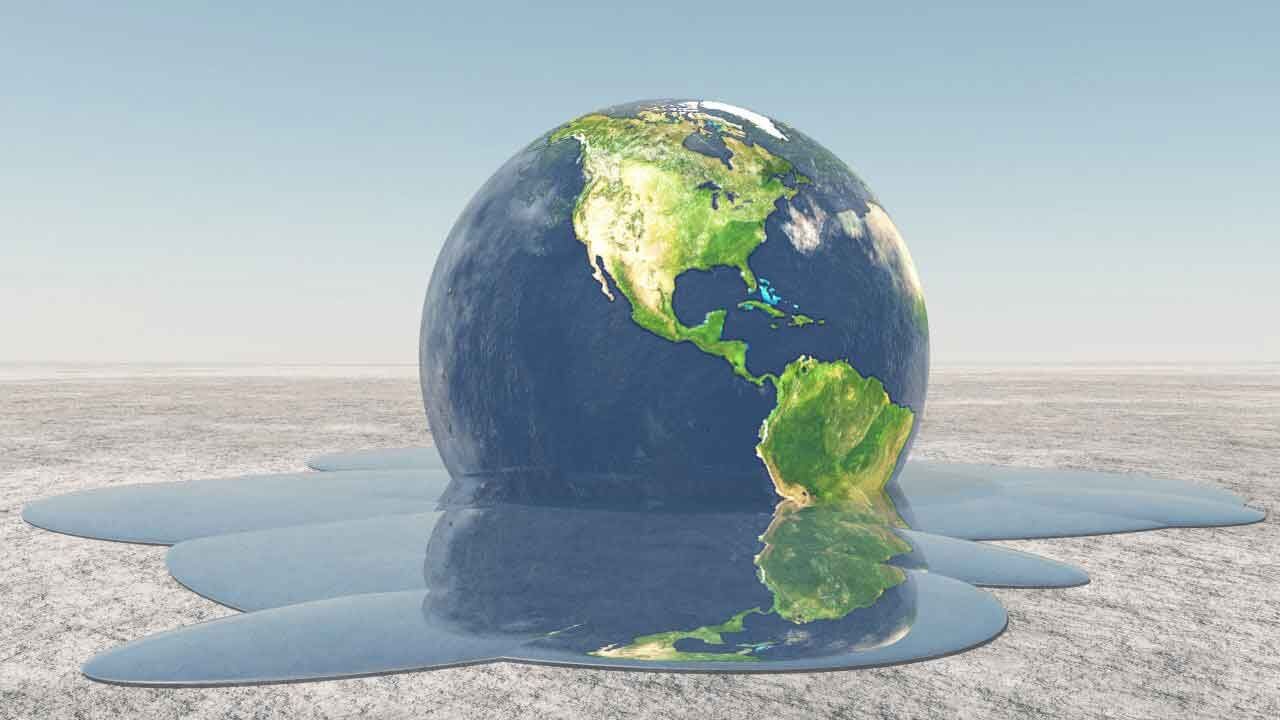Average temperature rises by 2 degrees over 5 decades

TEHRAN –Studies show that the average temperature in Iran in the last decade is about two degrees Celsius higher than the average of the past five decades, indicating that the change in temperature has been upward in the country.
“The change in temperature has not been uniform, rather it has been sinusoidal,” IRIB quoted Ahad Vazifeh, head of the national center for drought and crisis management, as saying.
The precipitation has also been on a declining trend in recent decades. Of course, it does not necessarily mean that the amount of rainfall each year is less than the previous year. However, it means that the amount of rainfall has fluctuated nationally, regionally, and globally, Vazifeh stated.
Anyway, in Iran, West Asia, and other parts of the world, the amount of precipitation and rainfall trends have lowered as a result of climate change and global warming.
Greenhouse gases, produced as a result of burning fossil fuels, are called so because they create a glass wall around the earth.
They let sunlight enter the atmosphere but trap part of the heat that would normally radiate back into space.
This way, the space inside the greenhouse becomes warmer than the outside. This trapped heat warms the planet.
Hot summer
This summer is forecasted to be hotter than normal, according to Metrological Organization.
Air temperature will be one to two degrees higher than normal, and on certain days due to abnormal temperature it will get four to five degrees hotter than average, IRIB quoted Vazifeh as saying.
The current heat will peak from July 5 to August 5, he added.
During spring, the country received 98.2 mm of rain, a 60 percent increase compared to 60 mm in the long term. It partly made up for the lack of precipitations in fall and winter, particularly in the southern and eastern half of latitudes.
The western and southwestern as well as the south and southeast regions of the country, which include the provinces of South Khorasan, Yazd, Isfahan, and Sistan-Baluchestan, received normal to above normal rainfall, the official added.
However, Fars, Hormozgan, Khorasan Razavi, Alborz, Markazi, and Zanjan experienced 10 to 30 percent less rainfall than normal.
The amount of rainfall in Tehran, Semnan, and Qazvin provinces was 25 to 35 percent below normal. Consequently, these provinces are going through the fourth consecutive year of drought.
Due to prolonged below-average precipitations, which have led to a reduction in water availability in rivers and lakes, the above-mentioned provinces have entered a stage of hydrological drought, Vazifeh explained.
On June 18, he stated that “the average temperature of the country has been 13.3 °C since the beginning of fall, September 23, which compared to the three-year-period figure,11.3 °C, shows the temperature has increased by 2 °C over time.”
Since the beginning of winter, the temperature has been 9.1 degrees, while it had been 7.1 degrees in long-term average. The last two months of the fall this year were the hottest months on record in the past 50 years, Vazifeh added.
El Niño-driven floods
El Niño was the primary driver of extreme rainfall in April and May that caused widespread flash flooding across Iran, as well as Afghanistan and Pakistan, doubling the chance of extreme rainfall, a new World Weather Attribution study found.
Throughout April and May, West Asia was hit by several storms. Flash floods killed at least 500 people in Afghanistan, 124 in Pakistan, and 18 in Iran, destroyed thousands of homes, and wiped out crops, worsening food shortages and threatening agricultural livelihoods.
MT/MG
Leave a Comment